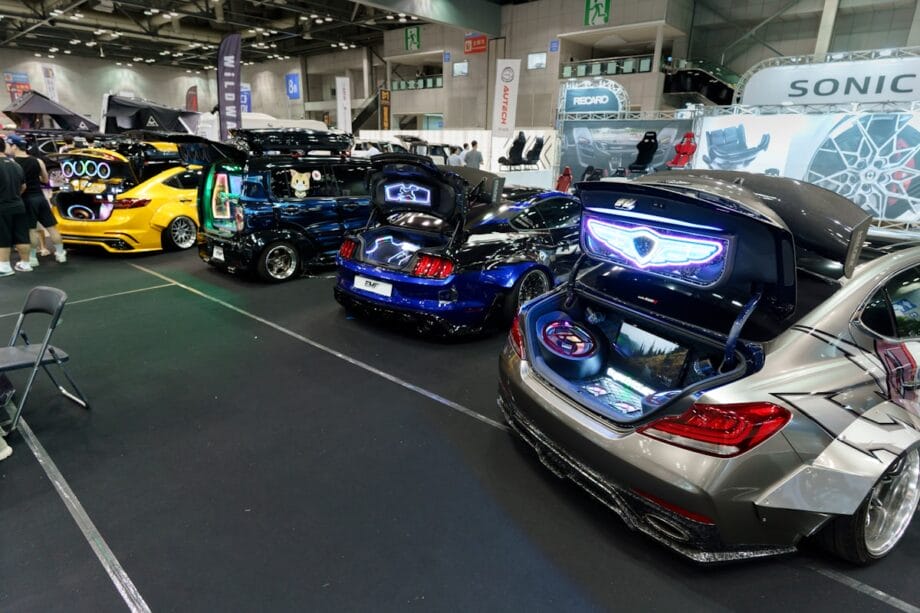TOKYO – The Tokyo Mobility Show: A Glimpse into the Future of Transportation
The Tokyo Mobility Show showcases not only automobiles and their fuel types—from electric to hydrogen—but also an array of avant-garde transportation alternatives.
Consider the innovative Uni-One from Honda Motor Co. This Tokyo-based manufacturer of the Accord sedan envisions personal mobility as a pivotal mode of swift transit by 2035. Passengers simply perch upon this boxlike marvel as it navigates silently.
Toyota Motor Corp. unveiled an experimental aircraft reminiscent of a helicopter, equipped with six propellers, currently under development in collaboration with U.S. aerospace firm Joby.
A diverse array of such innovations, alongside conventional vehicles, is on exhibit at the show, which spans until November 9 at the Tokyo Big Sight exhibition facility. Previews for the media were held on Wednesday, preceding its public debut on Thursday.
However, casting a shadow over this celebration is the looming threat of auto tariffs instituted under U.S. President Donald Trump. The tariffs have escalated from 2.5% to 15%—a respite from the initially imposed 25%.
Trump’s tariffs are projected to obliterate over 2 trillion yen ($13 billion) from the annual operating profits of automakers, as per recent financial assessments.
Masahiro Moro, CEO of Mazda Motor Corp., which faces one of the severest impacts among Japanese automakers, revealed that his engineers are crafting vehicles adept at discerning drivers’ emotional states, while also advocating for sustainability through reduced carbon emissions.
“We believe the joy of driving possesses the potential to mold the future,” he articulated to journalists.
Nissan Motor Corp. presented a prototype of its Sakura electric vehicle, featuring a retractable solar roof dubbed the “Ao-Solar Extender,” designed to harvest solar energy while parked. The term “ao” translates to “blue” in Japanese.
The model signifies a commitment to enhancing life value, as the accrued energy can power various household gadgets and function as emergency power stations during crises. According to Nissan, this concept car is tailored to environmentally mindful parents.
“Japan is at the core of our operations because we are a Japanese enterprise,” stated Nissan Chief Ivan Espinosa during the event.
This week, during his visit for discussions with the new Prime Minister Sanae Takaichi, Trump also engaged with top Japanese business leaders, including Espinosa. The dialogue was deemed productive by Espinosa.
Both Nissan and Toyota are contemplating the importation of their own U.S.-produced models back into Japan as a strategy to alleviate the trade disparity.
The Japanese government has pledged to acquire Ford and infuse $550 billion into the U.S. market.
Japanese automakers export over one million vehicles to the U.S. while selling 4.4 million annually within Japan. In stark contrast, a mere 16,000 American vehicles were sold in Japan—a minuscule share of the market.
Remarkably, Japanese cars constitute approximately 40% of the U.S. automotive sector, per Cox Automotive data, although the majority are manufactured in American facilities.
Toyota CEO Koji Sato emphasized that market preferences vary significantly across regions, necessitating tailored offerings to address diverse consumer needs.
“We aspire to play a significant role in the American automotive industry with a long-term outlook,” he articulated to a select group of reporters.
Toyota also revealed a still-in-development compact electric bicycle named Land Hopper, which the leading Japanese automaker proposes should be accommodated within the forthcoming Land Cruiser FJ, the latest iteration of the iconic vehicle first introduced in 1951 as the Toyota BJ.

As a flagship model, Land Cruiser has surpassed 12 million sales globally, spanning 190 countries and territories. Aimed at Japanese off-road enthusiasts, the new Land Cruiser FJ is set to launch in Japan next year, featuring a 2.7-liter gasoline engine.
In recent months, Japanese exports to the U.S. have surged as automakers scramble to circumvent the tariffs. Analysts predict that the true impact will manifest in the coming year.
“Automakers will seek to bolster U.S. production where feasible and diversify export destinations to pivotal markets such as Australia and Canada,” remarked Darcey Bowling, auto analyst at BMI.
“We anticipate that Japan’s automotive market will encounter significant challenges due to elevated U.S. tariffs.”
Source link: Abcnews.go.com.






